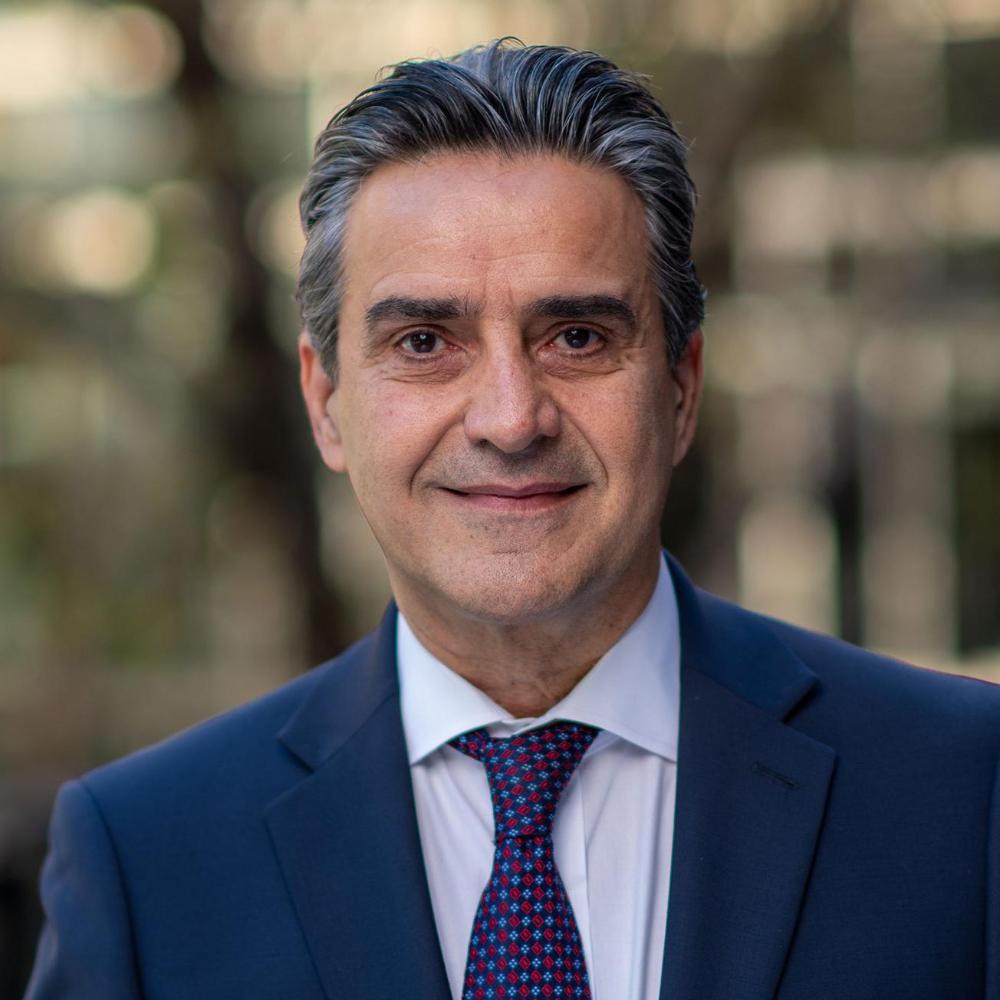Dr. Eskandarian has conducted similar research in previous academic positions, focusing on autonomous robots and vehicles at Virginia Tech, while serving as the Mechanical Engineering Department Head for eight years and Nicholas and Rebecca Des Champs endowed Chair/professor. At VT, he developed the Autonomous Systems and Intelligent Machines (ASIM) laboratory with similar capabilities, which received international recognition from his peers. His work in this area was recognized by elevating him to the Fellow of IEEE, one of the highest recognitions by this professional engineering society. During the same period, he was awarded the IEEE ITS Society’s Outstanding Researcher award in 2017. From January 2019 to April 2024, he served as the Editor-in-Chief of the ITS Society’s flagship Transactions, the IEEE Transactions on ITS. The transactions grew significantly during this period, almost doubling its Impact Factor to 9.5 within three years. Dr. Eskandarian’s research at VCU continues in the same areas of autonomy and robotics as outlined above.
At GWU, he also conducted research on active and passive vehicle safety. At GWU, he founded the Center for Intelligent Systems Research (1996-2015), which primarily focused on intelligent vehicles and transportation systems using dynamics, control systems, and signal processing for collision avoidance, vehicle dynamics, suspension design, driver assistance, trajectory planning and control, communications security, and semi-autonomous driving. Four laboratories were established, including two driving simulators (car and truck) and a mobile robotics laboratory. Several sponsored projects were completed in drowsy driver detection, advanced speed adaptation, communications integrated with traffic simulation, and vehicle dynamics simulation, among many others. At GWU, Dr. Eskandarian founded and directed a University Area of Excellence (Signature Program) in “Transportation Safety and Security” (2003-2015), involving multiple departments and investigators. This program enjoyed substantial internal investment, which supported and complemented externally sponsored research projects. Dr. Eskandarian has also worked on vehicle crash analysis and simulations using computational mechanics and finite element modeling for crash analysis, accident reconstruction, and injury biomechanics. Dr. Eskandarian helped other colleagues establish the National Crash Analysis Center at GWU in 1992 with federal and industry funding and served as its director during different periods (1998-2002 and 2013-15.)

